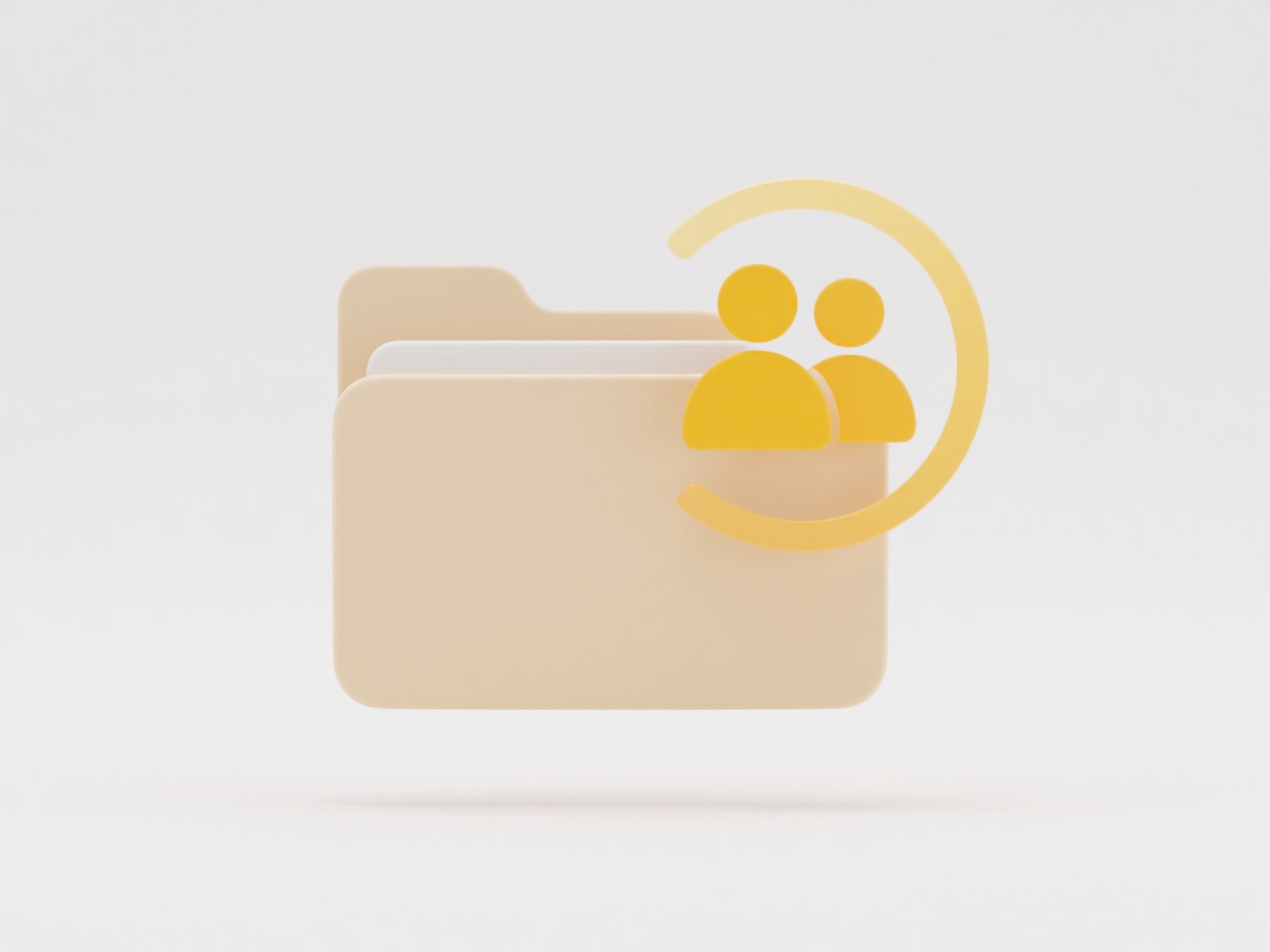
Sustainable file organization refers to establishing consistent naming conventions, folder structures, and management practices that remain effective over time and across projects. It prioritizes logical arrangement, clarity, and discoverability, moving beyond temporary fixes to a systematic approach. This contrasts with ad-hoc filing by ensuring anyone, not just the creator, can easily locate files quickly through predictable rules.
For example, a design team might implement rules including standardized naming (e.g., "ProjectName_DocumentType_VersionNumber_YYYYMMDD") and a hierarchical folder structure reflecting project phases (like "Client > Project > 01_Concept > 02_Draft > 03_Final"). Similarly, developers often rely on strict folder hierarchies within version control systems (like Git) alongside naming conventions for scripts (e.g., "calculate_revenue_2024.py") to manage complex codebases sustainably across large teams. Cloud drives and digital asset management systems often enforce these principles.

Key advantages include significant time savings, reduced frustration, lower risk of data loss, and enhanced collaboration. Initial setup requires effort and organizational buy-in, posing a challenge. Maintaining consistency demands discipline and potential training. Ethically, clear file organization promotes fairness and accessibility, ensuring all team members can find necessary resources. Future-proofing relies on building scalable rules adaptable to new technologies and evolving project needs, fostering innovation by minimizing administrative overhead.
What are the golden rules for sustainable file organization?
Sustainable file organization refers to establishing consistent naming conventions, folder structures, and management practices that remain effective over time and across projects. It prioritizes logical arrangement, clarity, and discoverability, moving beyond temporary fixes to a systematic approach. This contrasts with ad-hoc filing by ensuring anyone, not just the creator, can easily locate files quickly through predictable rules.
For example, a design team might implement rules including standardized naming (e.g., "ProjectName_DocumentType_VersionNumber_YYYYMMDD") and a hierarchical folder structure reflecting project phases (like "Client > Project > 01_Concept > 02_Draft > 03_Final"). Similarly, developers often rely on strict folder hierarchies within version control systems (like Git) alongside naming conventions for scripts (e.g., "calculate_revenue_2024.py") to manage complex codebases sustainably across large teams. Cloud drives and digital asset management systems often enforce these principles.

Key advantages include significant time savings, reduced frustration, lower risk of data loss, and enhanced collaboration. Initial setup requires effort and organizational buy-in, posing a challenge. Maintaining consistency demands discipline and potential training. Ethically, clear file organization promotes fairness and accessibility, ensuring all team members can find necessary resources. Future-proofing relies on building scalable rules adaptable to new technologies and evolving project needs, fostering innovation by minimizing administrative overhead.
Related Recommendations
Quick Article Links
How do I set export rules in a content management system?
Export rules in a content management system (CMS) are configuration settings that determine how content is structured an...
How often should I back up local files to the cloud?
Cloud backups involve copying files from your computer or devices to secure remote servers via the internet. How often y...
Why won’t a .mkv video file play in Windows Media Player?
Windows Media Player traditionally doesn't support the .MKV video file container format natively. MKV (Matroska Video) i...